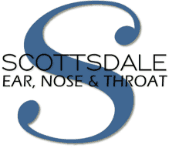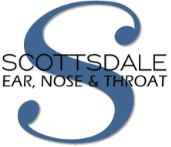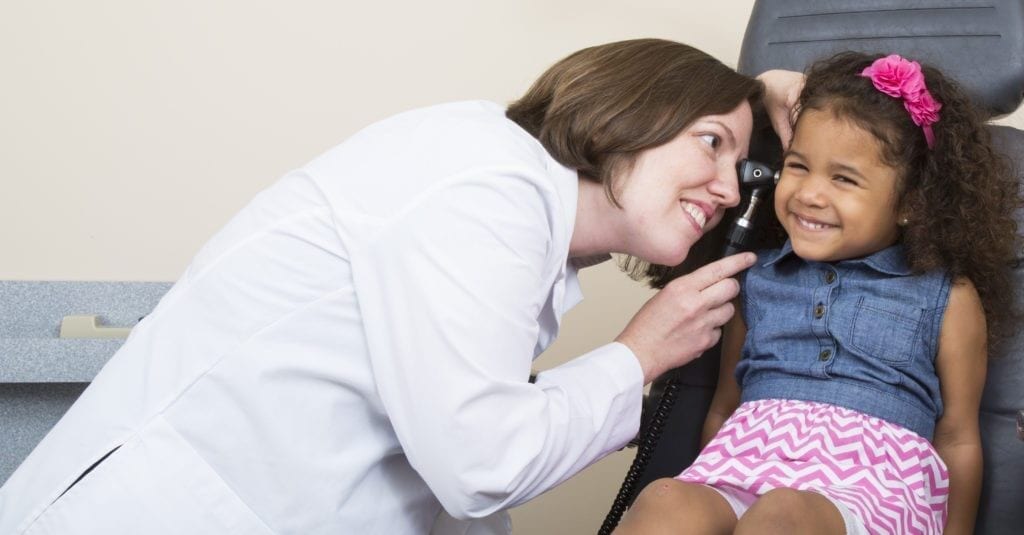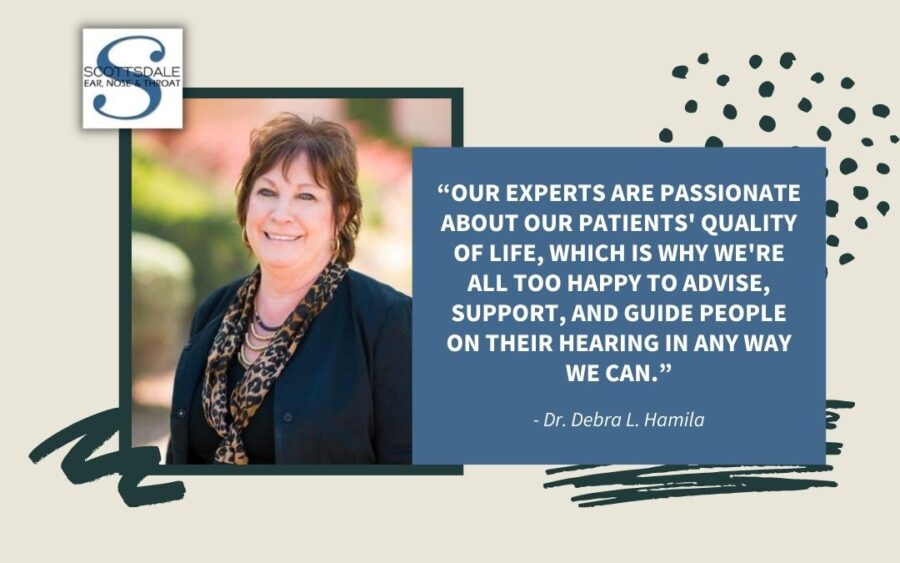When it comes to hearing loss, there is no one-size-fits-all diagnosis or solution. Because hearing loss is unique to each individual, seeking a hearing assessment from a trained audiologist is the best way to address the issue head-on.
Your hearing assessment can not only potentially help you acquire a life-changing hearing aid, but will also reveal important details about your unique needs. For example, did you know that there are different degrees of hearing loss that vary from person to person? And that there are several different types of hearing loss? Let’s take a closer look at the different types and degrees of hearing loss — and how you can get a different diagnosis (and solution) from a trained audiologist.
From Mild to Profound: The Different Degrees of Hearing Loss
To understand the different degrees of hearing loss, it’s essential to grasp the concept of decibels (dB). These particular units are used to measure loudness — and are a vital tool for determining how loud a sound needs to be for you to hear it. As an example, a whisper is around 30 dB, a typical conversation is 60 dB, a nightclub is 105-110 dB, and firecrackers are 140-150 dB.
Using this dB scale, we can get started determining the degree of your hearing loss:
- Mild — 26 to 40 dB. Those with mild hearing loss may have difficulty hearing certain consonant sounds, but can still hear most vowel sounds. In everyday life, they may not be able to hear when someone is speaking softly and may have to ask others to repeat themselves in conversation.
- Moderate — 41- 70 dB. With moderate hearing loss, an individual will have trouble picking up vowel sounds. Moderate loss exists on a wide spectrum. Those on the more severe end of moderate might still be able to hear conversations — but will have difficulty comprehending the words spoken.
- Severe — 71 – 90 dB. For context, a person with severe hearing loss wouldn’t be able to hear a washing machine even if it was right next to them. As far as conversation, those with severe hearing loss won’t be able to listen to others speak without hearing aids.
- Profound — 91 dB +. As the most intense degree of hearing loss, those with profound hearing loss can’t hear sounds lower than 91 dB. This means, even at the lower end of the spectrum, that they might not be able to hear a loud motorcycle. At the higher end, they wouldn’t be able to hear fire alarms or jet engines.
Even within a specific category — from mild to profound — there is a lot of variation in the degree of hearing loss. With the help of one of our trained audiologists, we can determine the specific advice that you need.
The Three Types of Hearing Loss
In addition to the degree, hearing loss can be broken down into three major types. Using these different types as a guideline, we can help determine which part of your ear is affected, what caused the damage, and which sorts of interventions would benefit you the most.
Conductive Hearing Loss
With conductive hearing loss, sound can’t travel smoothly from your outer ear to your eardrum and middle ear. As a result, sounds are softer, and you may have the sensation of “plugged” ears.
Causes for conductive hearing loss vary from person to person but are often attributed to blockages that stop sound from traveling — like ear infections, ear wax buildup, fluid in the middle ear, and having an object stuck in the ear canal.
In other cases, conductive hearing loss stems from issues with the way the outer ear, middle ear, ear canal, or Eustachian tubes are shaped. Conductive hearing loss can often be fixed with medical assistance (like getting antibiotics for an ear infection) or surgery (like having surgery on the Eustachian tubes).
Sensorineural Hearing Loss (SNHL)
As opposed to conductive hearing loss, SNHL often can’t be fixed through surgery. It’s usually related to damage to the inner ear, or associated with the nerve pathways that travel from the inner ear to the brain. Sensorineural hearing loss can be caused by injuries that affect the brain and head, malformations in the inner ear, or other hereditary conditions.
In other cases, SNHL is lifestyle-related — for example, those who are often exposed to loud noises at work may experience this hearing loss. As the most common type of hearing loss, SNHL is often related to aging. A hearing aid might be the perfect solution for someone with SNHL, and scheduling a consultation with an audiologist is the best way to get started.
Mixed Hearing Loss
Just like it sounds, mixed hearing loss happens when an individual has some traits of conductive hearing loss and some of SNHL. In other words, various parts of the ear — outer, inner, middle, and the auditory nerve — may be affected.
Seek an Audiologist in Scottsdale, AZ
When you know what type of hearing loss you have — and to what degree you’re experiencing that loss — you can get the help that’s ideally suited for your condition.
If you’re seeking a professional, well-trusted audiologist in Scottsdale to take care of your hearing need; look no further. Our caring team of audiologists at Scottsdale Ear, Nose, and Throat are here to help. Our audiologists are trained to provide the individualized care that you need and can help you get back on track with your hearing. Please feel free to get in touch with us today or click here to schedule an appointment.



